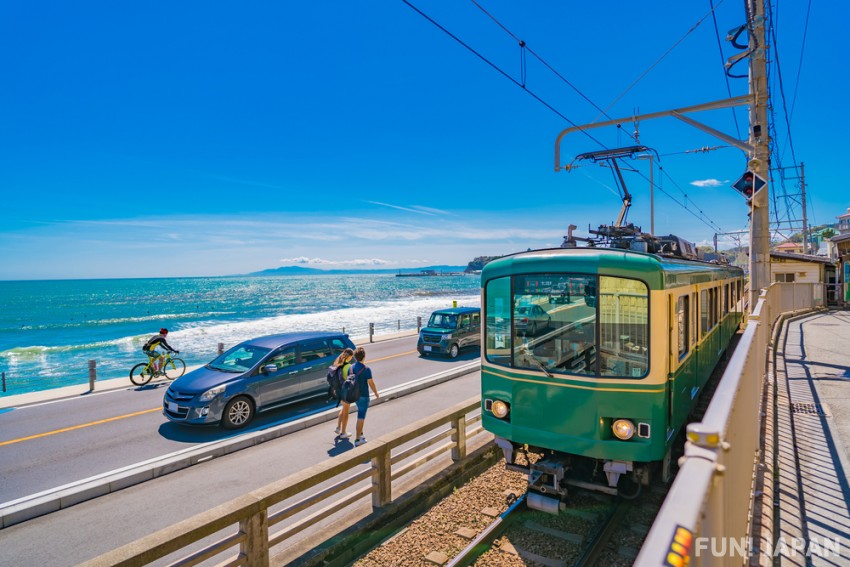
Which prefecture do you think of as the two largest cities in Japan? Many of you may think of Tokyo and Osaka. However, in terms of population, Tokyo is number one and Osaka is number three. So what's the number two...?
The answer is Kanagawa, the protagonist of this article. Yokohama, Kamakura, Hakone ... There are many famous sightseeing spots, but the name recognition of the prefecture name "Kanagawa Prefecture" is a little low. This time, I will take a closer look at the unknown side of Kanagawa.
"Birthplace" of various foods
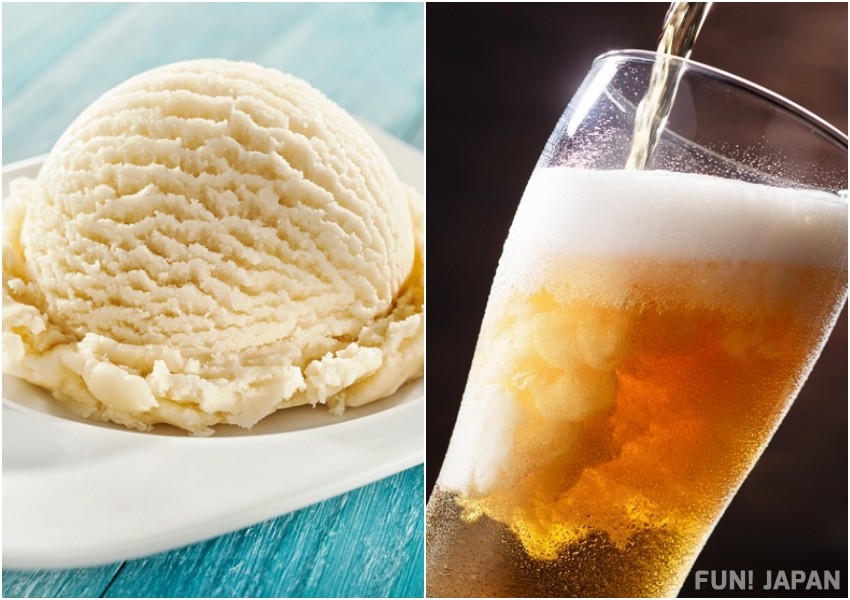
Japanese ice cream and beer are said to have originated in Yokohama, Kanagawa.
Japan adopted a national isolation policy for more than 200 years from 1639 in the Edo period, and did not exchange with foreign countries except for some countries such as the Netherlands. However, in response to the request from the United States in 1853, Japan decided to open the country. In 1859, the ports in Yokohama, Nagasaki, and Hakodate (Hokkaido) were opened and trade with foreign countries was resumed. As a result, Yokohama has become an important base for foreign trade, and products and food imported from abroad have come to gather in Yokohama. The people of Yokohama, referring to the taste and manufacturing method of ice cream and beer imported from overseas, have evolved the taste of those products to suit the tastes of Japanese people.
The Japan Yokohama Brewery (now closed), which opened in Yokohama in 1869, is known as the first beer brewery in Japan.
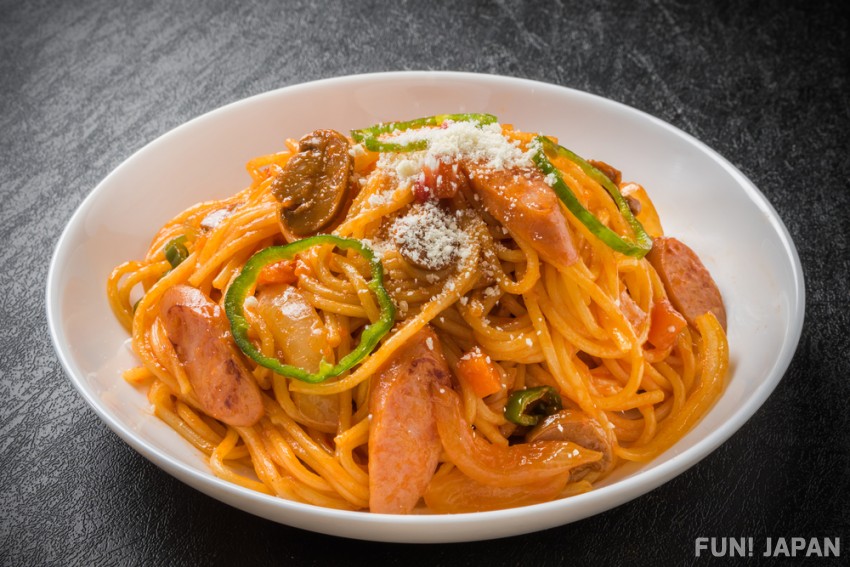
It is said that Japan's unique spaghetti, "Napolitan", was also born in Yokohama.
Napolitan refers to spaghetti with tomato ketchup-flavored sauce. The sauce contains stir-fried ham, peppers and onions. While the name is "Napolitan", its birthplace is actually Yokohama, not Naples, Italy.
Napolitan, which has become a staple of Japanese gourmet food, is said to have been devised by the hotel "Hotel New Grand" in Yokohama after World War II. Hotel New Grand was used as a lodging facility for GHQ (* 1) officers from 1945 to 1952, and it is said that the chef at the hotel was inspired by the fact that the officers were eating spaghetti with tomato ketchup, and Napolitan was born.
* 1: General Headquarters, the Supreme Commander for the Allied Powers. It was established in Tokyo in 1945 as the highest command center for occupying and managing Japan after the Pacific War.
"Hamakko" love new things!
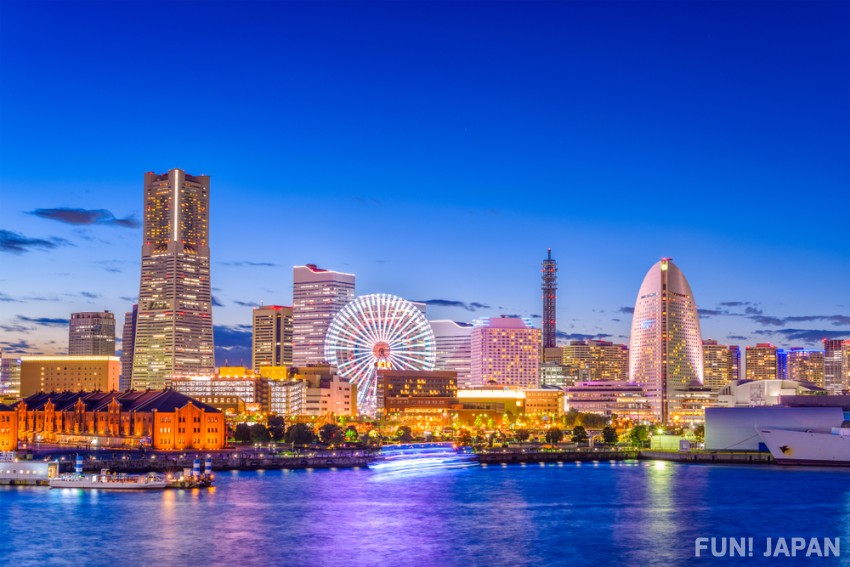
People who were born and raised in Tokyo are called "Edokko", while people who were born and raised in Yokohama are called "Hamakko".
Hamakko are said to like new things. As mentioned above, Yokohama has once prospered as a base for foreign trade since the Edo period, so it was possible to come into contact with Western civilization earlier than in other parts of Japan. For this reason, Hamakko probably had many opportunities to come into contact with rare foods and products from overseas. That may have led to a temperament of liking something new.
When asked about their place of origin, many Japanese answer by prefecture name, but it is said that many Hamakko answer "Yokohama" instead of "Kanagawa" - proving that they are proud of the place called Yokohama.
One-third of the citizens of the prefecture see Tokyo as a rival

According to a survey (* 2), 36% of Kanagawa residents answered that they "see Tokyo as a rival."
The population of Kanagawa Prefecture is about 9.22 million (as of April 1, 2022). This is the second largest number in Japan after Tokyo Metropolis (about 13.99 million people). (And 3rd place is Osaka Prefecture with about 8.77 million people)
In Kanagawa, there is Yokohama, a big city comparable to Shinjuku and Shibuya in Tokyo. In addition, many large companies, including Nissan Motor Co., Ltd., have their headquarters in Kanagawa Prefecture. This may be the reason why the neighboring capital, Tokyo, is seen as a rival.
* 2 conducted by Sony Life (2021)
More and more people want to live in Kanagawa than in Tokyo

Earlier, I mentioned that Kanagawa citizens see Tokyo as a rival. However, recently, the situation becomes such that the people of Tokyo see Kanagawa Prefecture as a rival as well. This is because the number of people moving from Tokyo to Kanagawa Prefecture has increased in recent years. In other words, Kanagawa is more popular than Tokyo.
As a result of investigating which municipality the person who moved out of the 23 wards of Tokyo (* moving from the 23 wards of Tokyo to another municipality) in 2021, Yokohama City, Kanagawa Prefecture was the most common destination, followed by Kawasaki City in Kanagawa Prefecture and Saitama City in Saitama Prefecture. The first and second places for Tokyo residents to move to are both cities in Kanagawa Prefecture.
One of the reasons why Tokyo residents move to Kanagawa is that the epidemic of the novel coronavirus (COVID-19) has increased the number of people doing remote work. In particular…
- Since Kanagawa is adjacent to Tokyo, it is easy for people who work for a company in Tokyo to commute to work.
- Real estate prices and condominium rents are cheaper than in Tokyo: More and more people are creating workspaces at home with the introduction of remote work, and they are moving to Kanagawa, where they can live in a large space at a lower rent than Tokyo.
And there is another reason why Kanagawa is so popular as a moving destination. That is, you can live near the sea, such as Kamakura, Enoshima, and Hayama. Surfing and beach walks before work... More and more people are moving to Kanagawa, fancying such kind of lifestyle.
Adding "Jan" or "Dabe" to the end of the sentence
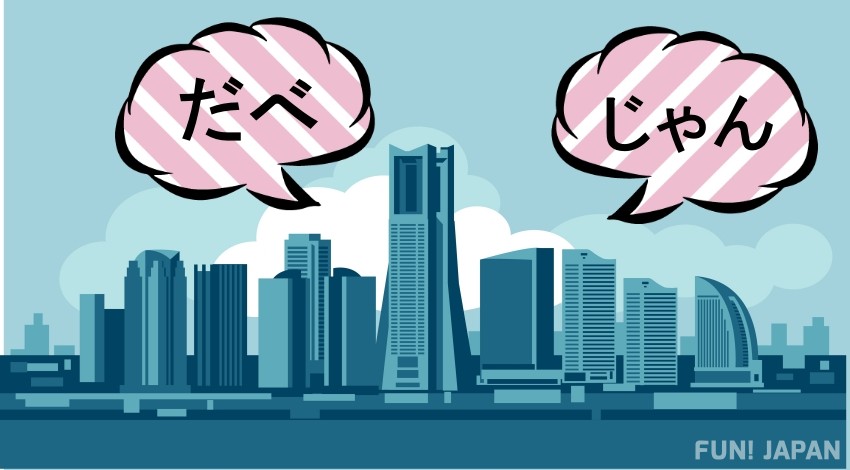
Kanagawa Prefecture is adjacent to Tokyo, and the Japanese spoken by the people of Kanagawa is not much different from the Japanese spoken by the people of Tokyo. But there are several dialect words as well. Namely, "Jan" and "Dabe".
"Jan" (じゃん) comes after the adjective. For example, "あなたの服装、かわいいじゃん。" (Anata no fukuso, kawaii jan) which means "Your clothes are cute". "Jan" itself has no special meaning. Therefore, it has the exact same meaning as "あなたの服装、かわいいね。" (Anata no fukuso, kawaii ne)
"Dabe" is added to the end of the interrogative sentence, a word used when the speaker asks the other person for agreement. For example, "神奈川の人気スポットといったら、横浜だべ?" (Kanagawa no ninki supotto to ittara, Yokohama dabe?) which means "When talking about a popular spot in Kanagawa, isn't it Yokohama?" This has the meaning of confirming that the other party's perception is the same as the speaker, agreeing that "Yokohama is the most popular spot in Kanagawa".
These dialect words are said to be used especially by people in Yokohama. If you interact with people in Yokohama, try using these local tongues.
Related Articles:
- 【47 Prefecture's of Japan】Amazing & Unique Hokkaido!
- 【47 Prefecture's of Japan】The Slow-Paced & Characteristic Okinawa!
- 【47 Prefecture's of Japan】Extremely Cold & Hot in Kyoto?!
- 【47 Prefecture's of Japan】The Onomatopoeia-Loving & Takoyaki Eating Osaka!
- 【47 Prefecture's of Japan】The Deer-Filled Nara!
- 【47 Prefecture's of Japan】The Prefecture that Births Celebs, Fukuoka!
- 【47 Prefecture's of Japan】Saga is Simple, Honest and Methodical!
- 【47 Prefecture's of Japan】Kagoshima
- 【47 Prefecture's of Japan】Tokyo Disney Resort® and Narita Airport in Chiba!
- 【47 Prefecture's of Japan】The Stingy and Ostentatious Aichi Prefecture!
- 【47 Prefecture's of Japan】Tochigi Prefecture Eats Shark Dishes During New Year!
- 【47 Prefecture's of Japan】Hyogo Prefecture's Citizens give Kobe City an Envious Gaze
- 【47 Prefecture's of Japan】The Amazing Kumamoto!
- 【47 Prefecture's of Japan】The Amazing Nagasaki!
- 【47 Prefecture's of Japan】The Surprising Traits of People from Gunma Prefecture
- 【47 Prefecture's of Japan】Not "Dasaitama" but "Saitama"?!
- 【47 Prefecture's of Japan: Yamanashi edition】The prefecture whose citizens love sushi the most in Japan!?
- 【47 Prefecture's of Japan: Ishikawa edition】The prefecture with the highest number of beautiful-skinned women in Japan! And the reason is...?


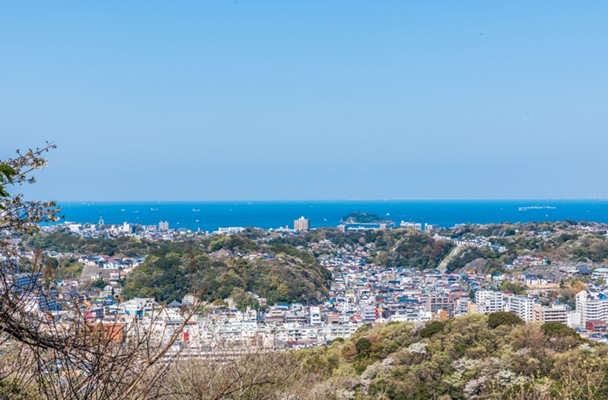
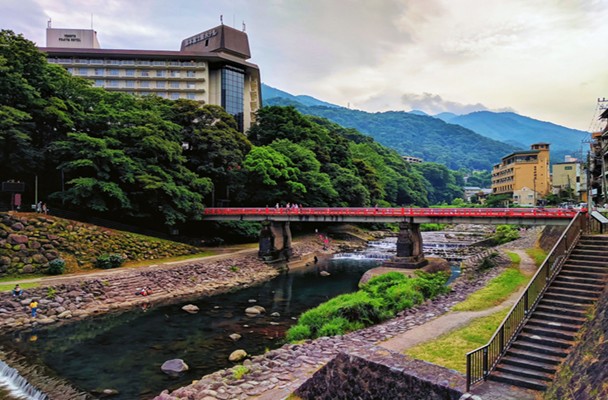
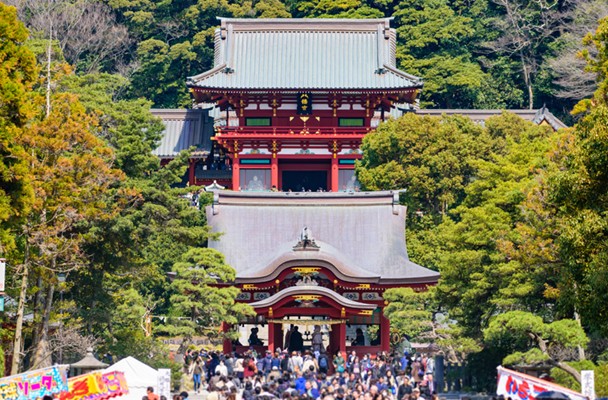
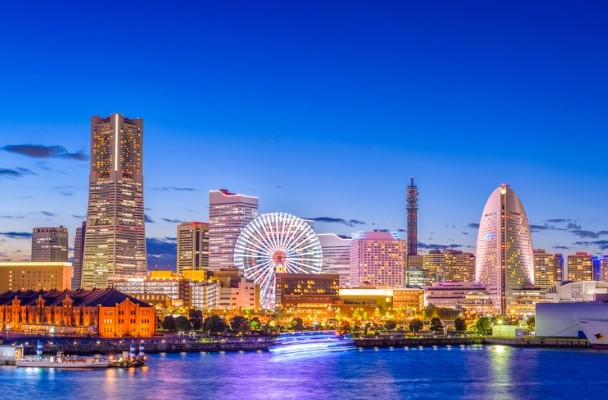
Comments